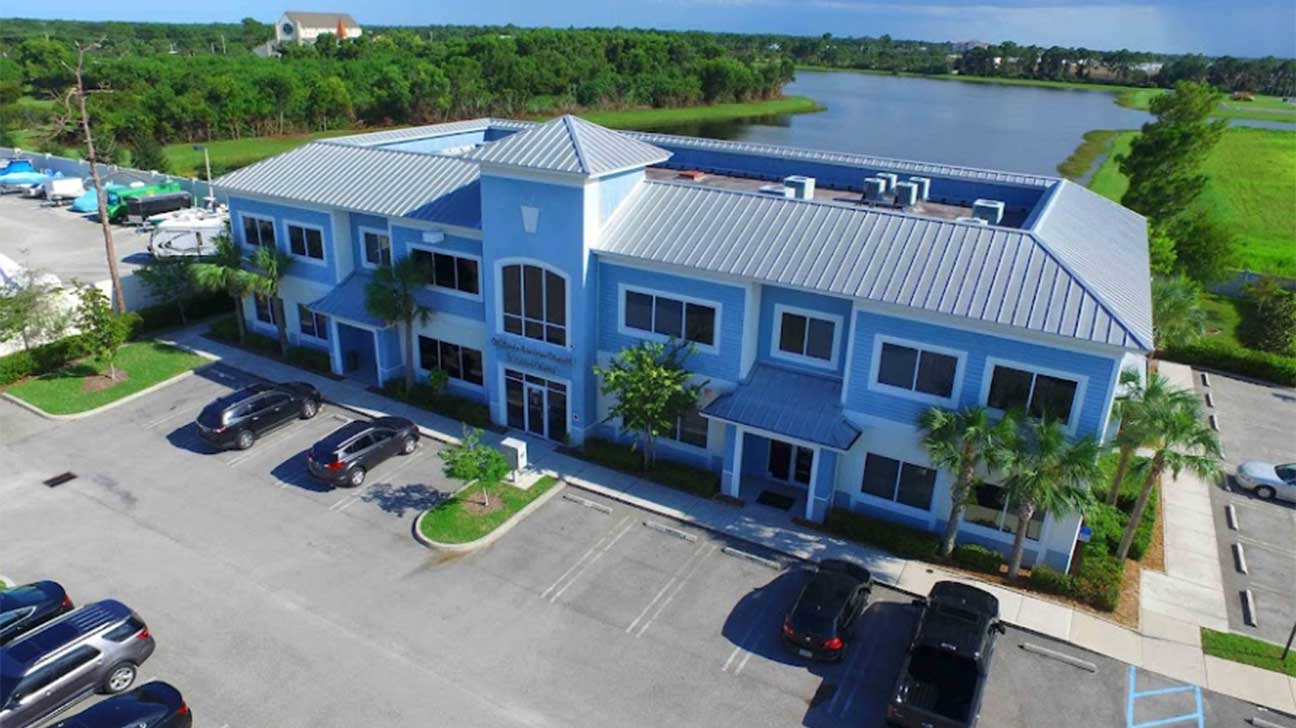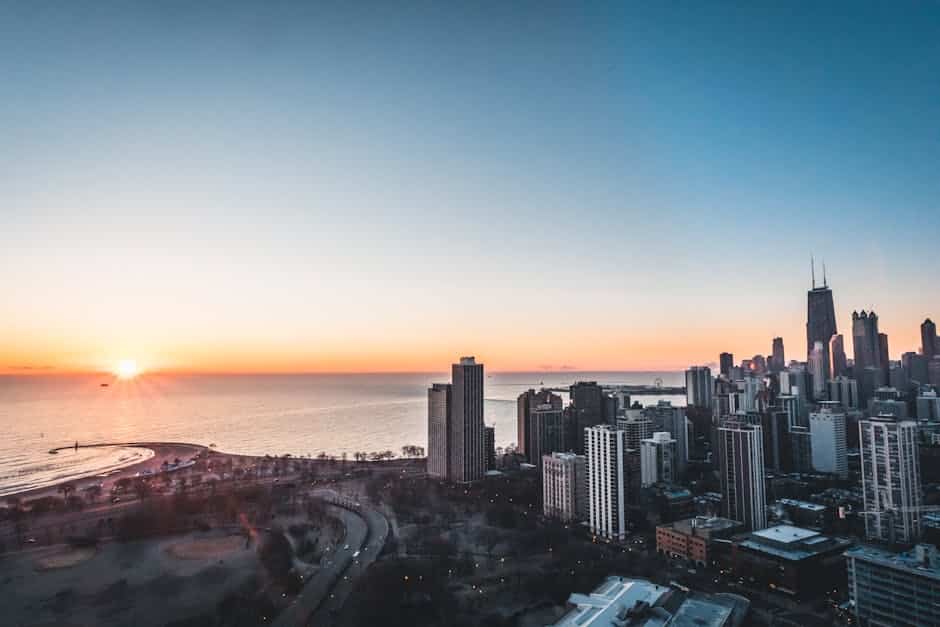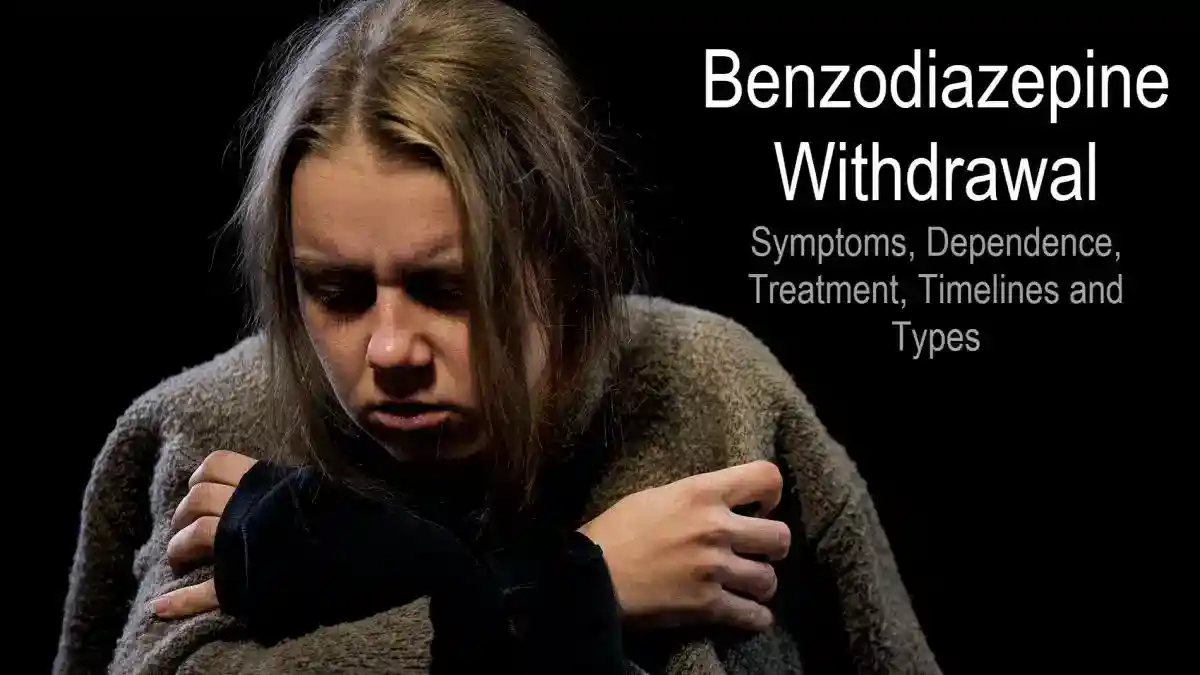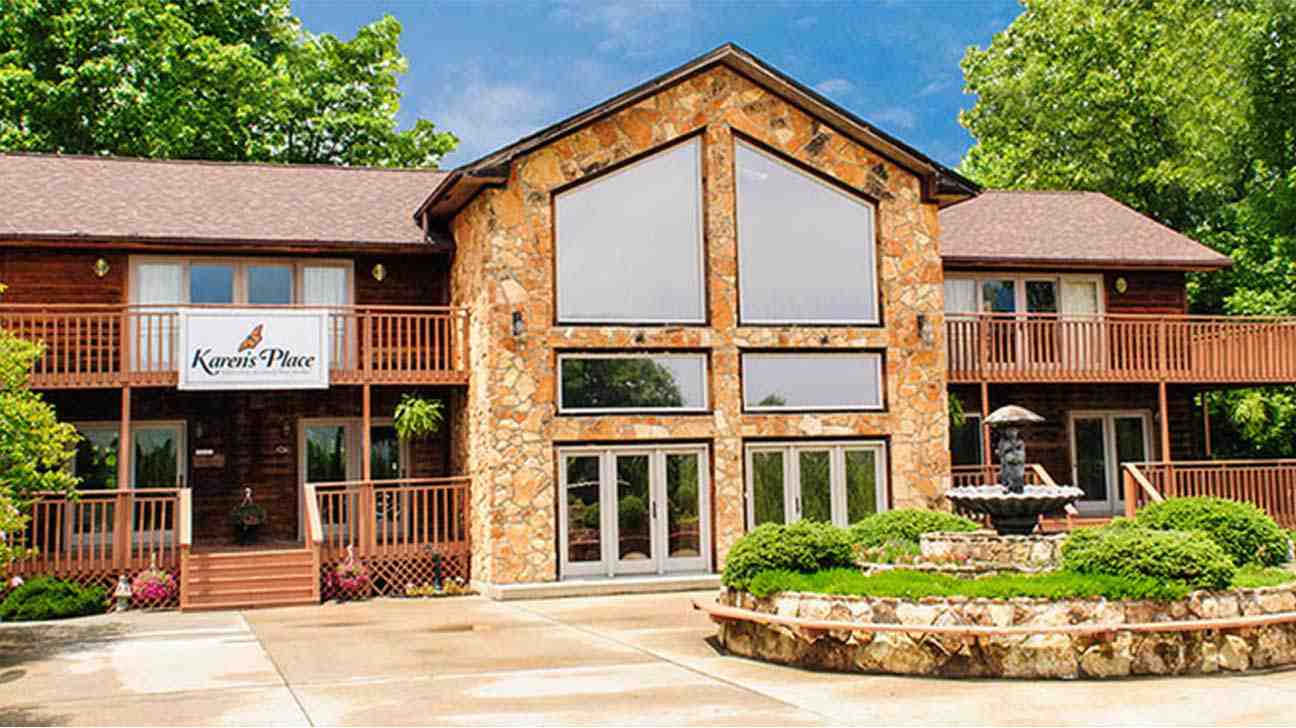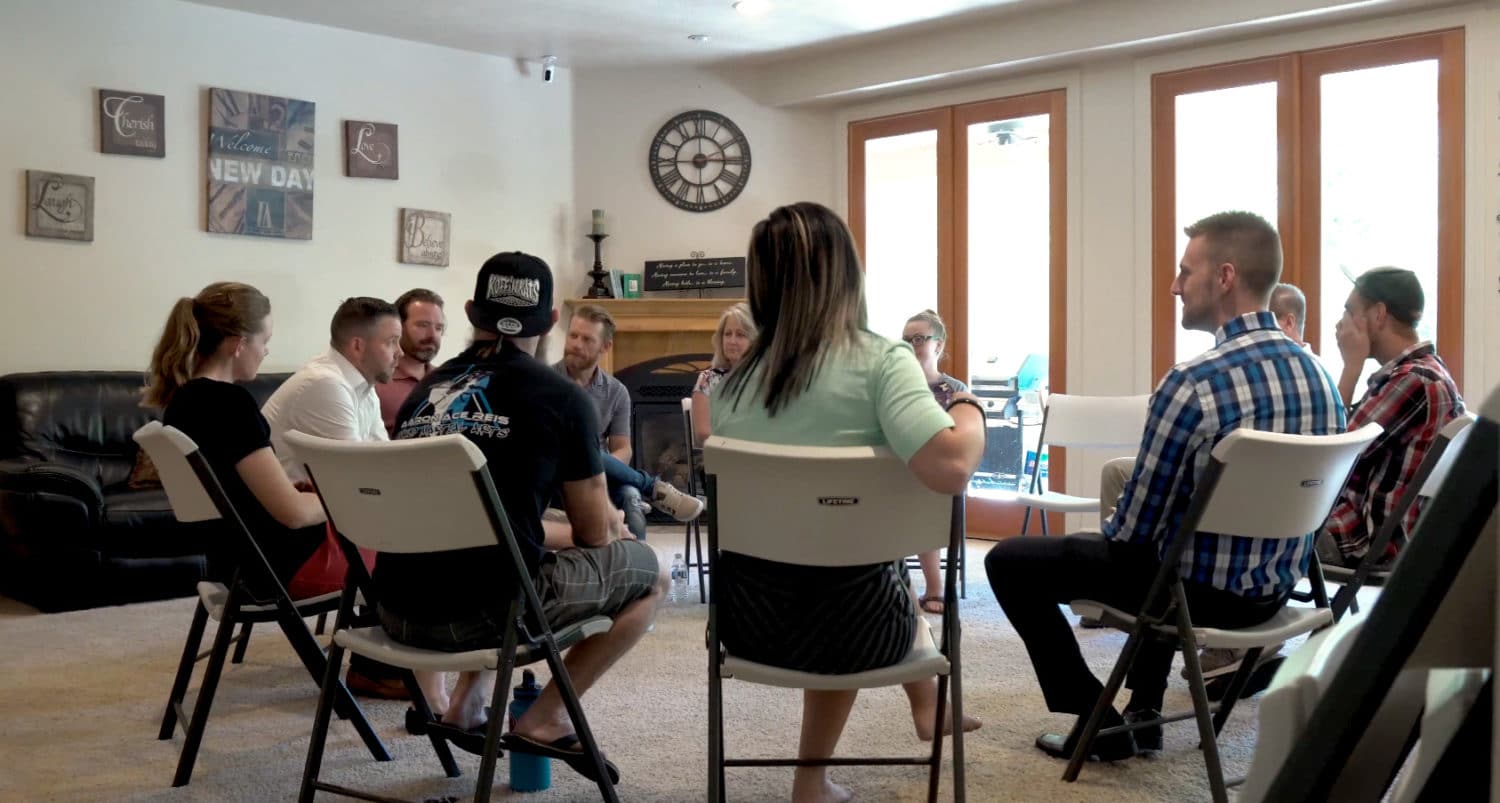
Why Choosing the Right Inpatient Drug Rehab Program Matters
Inpatient drug rehab programs offer 24/7 residential treatment for substance use disorders (SUDs), providing medical supervision, therapy, and a structured environment away from triggers. They are live-in facilities designed for those with severe addiction, co-occurring mental health issues, or unstable home environments.
With over 46.3 million people aged 12 or older having a SUD in 2021, the need for effective treatment is critical. Seeking help is a brave first step, and carefully comparing programs can make all the difference.
Not all inpatient rehabs are the same. They vary in length (30, 60, 90+ days), specializations (like dual diagnosis or veterans’ programs), therapies, and aftercare support. Choosing the wrong program can lead to relapse, while the right one can save your life.
At Addiction Helpline America, we guide individuals and families in finding inpatient drug rehab programs that fit their unique needs. Our team connects you with evidence-based treatment options nationwide. This guide will walk you through five steps to make an informed decision.

Inpatient drug rehab programs terms to know:
Step 1: Understand the Core Components of Inpatient Treatment
When you search for inpatient drug rehab programs, you’re looking for a comprehensive, live-in treatment option. You reside at the facility 24/7, creating a sanctuary for healing. This approach removes you from daily triggers and stressors, immersing you in an environment where recovery is the sole focus.
Most programs begin with medical stabilization or detox, followed by integrated mental health therapy, counseling, and skill-building. A team of doctors, therapists, and support staff work together to address not just the addiction, but also co-occurring conditions, health issues, and life skills. This “whole-person” care is crucial because addiction affects every part of life.
What is Inpatient Rehab vs. Outpatient and Detox?
Understanding the different levels of care helps you find the right fit. Think of it as different intensities for different stages of addiction.
-
Medical Detox: This is the first step for those with physical dependence. It provides 24/7 medical supervision to manage withdrawal symptoms safely, typically lasting a few days to a week. The goal is physical stabilization before psychological treatment begins.
-
Inpatient Rehab (Residential Treatment): After detox, you live at the facility for 30-90+ days. Your days are structured with individual and group therapy, workshops, and recreational activities. This high level of supervision is ideal for severe addiction, co-occurring disorders, or an unstable home environment.
-
Outpatient Treatment: You live at home and attend scheduled therapy sessions. This offers flexibility for work or family duties and is suitable for less severe addictions or as a step-down from inpatient care. Intensity varies from a few hours a week to more intensive programs like IOP or PHP.
Here’s how these three levels compare:
| Feature | Medical Detox | Inpatient Rehab | Outpatient Treatment |
|---|---|---|---|
| Living Arrangement | Residential (at a facility) | Residential (at a facility) | At home |
| Medical Supervision | 24/7 medical oversight for withdrawal | 24/7 supervision, medical staff available | Scheduled appointments as needed |
| Intensity | High (focus on physical stabilization) | High (intensive therapy, structured environment) | Variable (less intensive than inpatient) |
| Primary Goal | Safe withdrawal from substances | Comprehensive addiction treatment and skill-building | Continued recovery, integration into daily life |
| Duration | A few days to a week | Typically 30-90+ days | Weeks to months |
| Ideal For | Physical dependence, risk of severe withdrawal | Severe SUD, co-occurring disorders, unstable home | Mild to moderate SUD, strong home support, aftercare |
For a deeper dive into all your options, check out our comprehensive guide on Treatment Options.
Key Benefits of an Inpatient Setting
Inpatient drug rehab programs have strong success rates for severe addiction due to several powerful benefits:
- 24/7 Safety and Support: Licensed professionals are always available, providing physical safety and emotional reassurance during the most vulnerable times.
- Distance from Triggers: Physically removing yourself from your usual environment—people, places, and stressors—gives you a clean slate to focus on healing.
- Peer Community: Connecting with others who understand your struggle reduces isolation and creates powerful bonds that support long-term recovery.
- Accountability and Structure: A set schedule and clear expectations help you develop healthy habits and the self-discipline needed for sobriety.
- Comprehensive, Whole-Person Care: Inpatient programs provide integrated treatment for both addiction and co-occurring mental health conditions like depression or anxiety, which affect a majority of individuals in rehab. It’s not just about getting sober; it’s about building a life worth staying sober for.
Step 2: Assess Your Specific Clinical and Personal Needs
Before researching inpatient drug rehab programs, assess your unique situation. Recovery is not one-size-fits-all. Start with a self-assessment, but follow up with a professional evaluation from a doctor or licensed therapist. They can provide a clinical assessment of your addiction’s severity, identify any co-occurring mental health disorders, and recommend the appropriate level of care.

Consider your relapse history and home environment. If your living situation is unsupportive or triggering, an inpatient setting provides a necessary sanctuary. About half of people with a substance use disorder also have a co-occurring mental illness (dual diagnosis), making integrated care essential.
Signs You May Need Inpatient Treatment
If you’re wondering whether inpatient drug rehab programs are the right choice, here are some clear signs:
- Failed attempts to quit: You’ve tried to stop on your own multiple times but can’t break the cycle.
- Worsening mental health: Substance use is aggravating existing anxiety or depression, or new symptoms are appearing.
- Strained relationships: Your substance use is damaging important connections with family and friends.
- Neglecting responsibilities: You’re struggling to keep up with work, school, or family obligations.
- High-risk substance use: Your use leads to dangerous situations like driving under the influence or overdoses.
- Needing medical detox: You experience severe withdrawal symptoms when you try to stop, indicating physical dependence.
- Unsafe home environment: Your living situation is filled with triggers and lacks the support needed for recovery.
If these signs resonate, inpatient rehab could provide the foundation you need. Our confidential Substance Use Self-Test can offer more clarity.
Understanding Program Duration: 30, 60, or 90+ Days?
There is no universal timeline for inpatient treatment. The right duration is based on your progress and clinical needs, not a calendar.
- 30-Day Programs: A solid starting point, offering an intensive introduction to recovery principles and foundational coping skills.
- 60-Day Programs: Allow more time to address underlying issues like trauma or mental health conditions and practice new coping mechanisms.
- 90-Day Programs: Often considered the gold standard, providing substantial time to stabilize, internalize new behaviors, and develop a robust relapse prevention plan. Research shows longer stays often lead to better long-term outcomes.
- Long-Term Rehab (6+ months): For chronic or severe cases, these programs (sometimes called therapeutic communities) offer a sustained period of structured living to help you readjust to life while still surrounded by support.
The ideal duration is a decision made with your care team. To learn more, explore our Long-Term Rehab Near Me Guide.
Step 3: Evaluate the Therapies and Daily Structure
After determining your need for inpatient care, examine the therapies and daily structure of potential inpatient drug rehab programs. Effective treatment centers blend evidence-based practices, holistic approaches, and personalized plans to address the unique reasons behind your substance use.

Common Therapies and Treatments Offered
High-quality programs offer a diverse range of therapies to treat the mind, body, and spirit. Key modalities include:
- Cognitive Behavioral Therapy (CBT): Helps you identify and change negative thought patterns and behaviors related to substance use.
- Dialectical Behavioral Therapy (DBT): Teaches skills to manage intense emotions, tolerate distress, and improve relationships, especially helpful for trauma and co-occurring conditions.
- Motivational Interviewing (MI): A compassionate approach that helps you explore your own reasons for change and build internal motivation for sobriety.
- Individual Therapy: One-on-one sessions to explore the deep-rooted issues underlying your addiction in a safe, confidential space.
- Group Therapy: A powerful tool for reducing isolation by sharing experiences with peers who understand your journey.
- Family Therapy: Helps rebuild trust, improve communication, and educate loved ones on how to support your recovery effectively.
- Medication-Assisted Treatment (MAT): Combines FDA-approved medications (for opioid or alcohol use disorders) with counseling to reduce cravings and withdrawal symptoms, significantly improving outcomes.
- Dual Diagnosis Care: Integrated treatment that addresses both addiction and co-occurring mental health conditions like depression, anxiety, or PTSD. Learn more in our Inpatient Treatment for Depression and Anxiety Guide.
- Holistic Therapies: Activities like yoga, meditation, art, or music therapy promote overall well-being and provide healthy outlets for stress.
- 12-Step Programs: Introduction to groups like Alcoholics Anonymous (AA) or Narcotics Anonymous (NA) that provide a framework for ongoing peer support.
For a comprehensive overview, visit our Treatment Options page.
A Look at the Daily Schedule and Family Involvement
The highly structured schedule of inpatient drug rehab programs is a gift that replaces the chaos of addiction with stability and purpose. A typical day helps re-establish healthy routines, regulate sleep, and keep you engaged in healing.
Days usually begin early with breakfast and meditation, followed by a mix of group and individual therapy sessions. Afternoons often include educational workshops on topics like relapse prevention and coping skills, as well as recreational activities like exercise or art therapy. Evenings are quieter, with time for reflection, journaling, or support group meetings. This consistent routine builds skills you’ll carry into your new life.
Family involvement is another cornerstone of quality care. Addiction impacts the entire family, and healing together is vital. Many programs offer:
- Family Therapy Sessions: Guided conversations to address past hurts, rebuild trust, and improve communication.
- Educational Workshops: Help loved ones understand addiction as a disease and learn how to provide healthy support.
- Family Support Groups: Connect family members with others facing similar challenges, providing comfort and practical advice.
Rebuilding family relationships is often central to long-term recovery. When your family learns to support you effectively, you are no longer walking the path alone.
Step 4: Steer the Cost of Inpatient Drug Rehab Programs
Understanding the financial side of inpatient drug rehab programs is essential. Costs can vary dramatically, but there are many options to make treatment accessible. Investing in recovery is an investment in your life—reclaiming your health, relationships, and future.
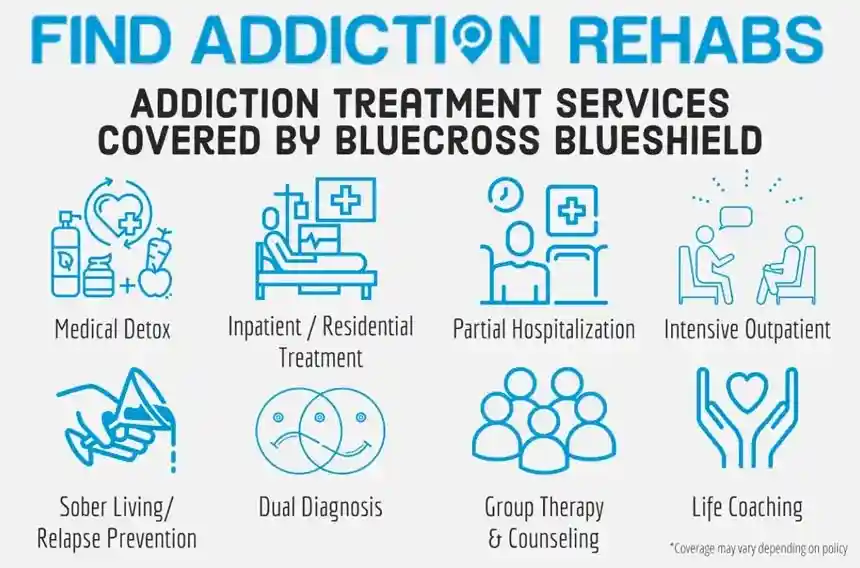
How Much Do Inpatient Drug Rehab Programs Cost?
The cost of inpatient drug rehab programs depends on several factors:
- Location: Facilities in prime locations like coastal or mountain areas often cost more than those in rural or suburban settings.
- Amenities: Luxury rehabs with private rooms, gourmet meals, and spa services have a higher price tag than standard facilities with basic accommodations.
- Program Length: A 30-day program costs less upfront than a 90-day or long-term program, though longer stays often correlate with better outcomes.
- Level of Care: Programs including intensive medical detox, psychiatric care, or specialized therapies are generally more expensive.
Out-of-pocket costs can range from a few thousand dollars to over $30,000 per month. However, many facilities offer sliding-scale fees based on income, scholarships, and payment plans. Publicly funded or non-profit options, like those run by The Salvation Army, may even be free. Financial barriers should not stop you from seeking help. Explore our guide on Affordable Addiction Treatment for more information.
Exploring Payment and Insurance Options
Navigating payment for inpatient drug rehab programs is manageable once you know your options.
-
Health Insurance: Most private insurance plans (PPO, HMO, EPO) are required by law to cover substance use disorder treatment. Call your provider to understand your specific coverage, find in-network facilities, and determine your out-of-pocket costs like deductibles and co-pays.
-
Medicare and Medicaid: These government programs cover inpatient and outpatient services for SUDs. Medicare Part A covers hospital stays, Part B covers outpatient services, and Part D can cover medications. Medicaid coverage varies by state, so contact your State Medical Assistance office for details.
-
Financing and Payment Plans: Many centers partner with healthcare financing companies that offer loans for treatment. Some facilities also provide in-house payment plans, allowing you to pay in installments.
-
Sliding Scale Fees and Scholarships: Non-profit and public facilities often adjust costs based on your income. Scholarships or grants may also be available for those with demonstrated financial need.
Our team at Addiction Helpline America can verify your insurance benefits at no cost and help you find a program that fits your budget. For more guidance, see our article on How to Find Rehab Programs That Accept Insurance.
Step 5: Find the Right Facility and Plan for Aftercare
Now for the final step: choosing the right facility and building a solid aftercare plan. Recovery doesn’t end when you leave an inpatient drug rehab program; what happens next is crucial for long-term sobriety. Think of inpatient treatment as the foundation and aftercare as the structure that keeps your recovery strong for years to come.

Factors to Consider When Choosing a Treatment Center
When comparing inpatient drug rehab programs, evaluate these key factors:
- Accreditation and Licensing: Ensure the facility is licensed by the state and accredited by organizations like The Joint Commission or CARF. This signals adherence to high standards of safety and care.
- Staff Qualifications: Look for a team of board-certified doctors, licensed therapists, and certified addiction counselors. A quality facility will be transparent about its staff’s credentials.
- Staff-to-Patient Ratio: A lower ratio generally means more personalized attention, which can be critical for complex cases.
- Treatment Philosophy: Find a program whose approach—whether faith-based, secular, 12-step focused, or eclectic—resonates with your personal beliefs.
- Specialized Programs: If you have unique needs, look for tracks designed for veterans, LGBTQ+ individuals, young adults, or those with specific co-occurring disorders.
- Location and Privacy: Decide whether being close to home for family support or far away from triggers is better for your recovery. All reputable facilities maintain strict patient confidentiality.
- Reviews and Testimonials: Look for patterns in feedback from former patients to gain insight into a facility’s strengths and weaknesses.
How to Find Reputable Rehabs and Plan for Long-Term Recovery
Finding the right inpatient drug rehab program doesn’t have to be a solo mission.
Addiction Helpline America offers free, confidential guidance to connect you with treatment centers that match your needs. We help you steer insurance, answer your questions, and support you through the decision-making process. Start by exploring our Find a Treatment Facility tool.
Professional referrals from your doctor or therapist are also valuable sources for reputable facility recommendations.
For broader searches, the Substance Abuse and Mental Health Services Administration (SAMHSA) is an excellent resource. Their National Helpline (1-800-662-HELP) offers 24/7 referrals, and you can use their online directory at FindTreatment.gov to search for facilities.
Choosing a facility is only half the battle. Aftercare planning is essential for sustained recovery. Your plan should be developed with your treatment team before you leave and should include:
- Sober Living Homes: A structured, drug-free environment that bridges the gap between inpatient care and independent living.
- Outpatient Programs (IOP/PHP): Continue therapy while living at home, allowing you to practice new skills in real-world situations with professional support.
- Support Groups: Groups like AA, NA, or SMART Recovery provide ongoing, free peer support and accountability.
- Individual Therapy: Continuing one-on-one counseling helps you steer ongoing challenges and refine coping strategies.
- Alumni Programs: Stay connected to your treatment community for encouragement and a lasting support network.
Recovery is a lifelong journey. With the right program and a solid aftercare plan, long-term sobriety is within reach. To explore different levels of care, visit our guide on Types of Treatment Programs.
Frequently Asked Questions About Inpatient Rehab
What is the success rate of inpatient rehab?
There isn’t a single “success rate” for inpatient drug rehab programs because success is personal. It can mean total abstinence, but it also means improved quality of life, restored relationships, and better mental health. Research from the National Institute on Drug Abuse shows that treatment is effective and leads to reduced relapse rates and improved stability. Success depends on individual factors like the severity of addiction, co-occurring conditions, length of stay, and commitment to aftercare. Inpatient rehab provides the critical foundation for making lasting recovery possible.
Can I lose my job for going to rehab?
In most cases, federal laws protect your job while you seek treatment. The Family and Medical Leave Act (FMLA) allows eligible employees to take up to 12 weeks of unpaid, job-protected leave for a serious health condition, including SUD treatment. Additionally, the Americans with Disabilities Act (ADA) classifies addiction as a disability for those in recovery, protecting you from discrimination. Your employer must also keep your treatment confidential. We recommend a private conversation with your HR department to understand your company’s specific policies.
What should I pack for inpatient rehab?
Each facility provides a specific packing list, so follow it closely. Staff will inspect belongings for safety. In general, pack light.
-
What to Bring: Comfortable, modest clothing for 7-10 days, sleepwear, a jacket, and comfortable shoes. Bring unopened, alcohol-free toiletries (shampoo, soap, toothpaste). You’ll also need your ID, insurance card, and a 30-day supply of any prescription medications in their original bottles. A journal, a few books, and a small amount of cash ($50-$100) are also good ideas.
-
What to Leave at Home: All drugs, alcohol, and related paraphernalia. No weapons, aerosol products, or outside food/drinks. Most facilities prohibit electronics like cell phones and laptops to help you focus on recovery. Avoid bringing expensive jewelry or other valuables.
Your Path to Recovery Starts Here
Taking the first step toward recovery can feel overwhelming, but you don’t have to do it alone. Finding the right support can change everything.
This guide has walked you through the key steps of comparing inpatient drug rehab programs: understanding the components of care, assessing your needs, evaluating therapies, navigating costs, and planning for aftercare. With the right program and a commitment to healing, you can build the fulfilling, sober life you deserve.
Recovery is possible. We’ve seen it happen thousands of times. The journey isn’t always easy, but it is always worth it.
At Addiction Helpline America, we are here for you. We provide free, confidential, and personalized guidance to connect you with treatment options that fit your unique situation. Our team works with a vast network of treatment centers across the country and is committed to helping you find the program that gives you the best chance at success.
Now is the time to take action. Whether for yourself or a loved one, we’re ready to support you with compassion and expertise. To learn more about your options, explore our comprehensive resource on Types of Treatment Programs. Your path to recovery starts here.
Our helpline is 100%
free & confidential
If you or someone you care about is struggling with drug or alcohol addiction, we can help you explore your recovery options. Don’t face this challenge alone—seek support from us.
Programs
Resources
Will my insurance
cover addiction
treatment?
We're ready to help
Find the best
drug or alcohol treatment
center
Are you or a loved one struggling with addiction? Call today to speak to a treatment expert.


